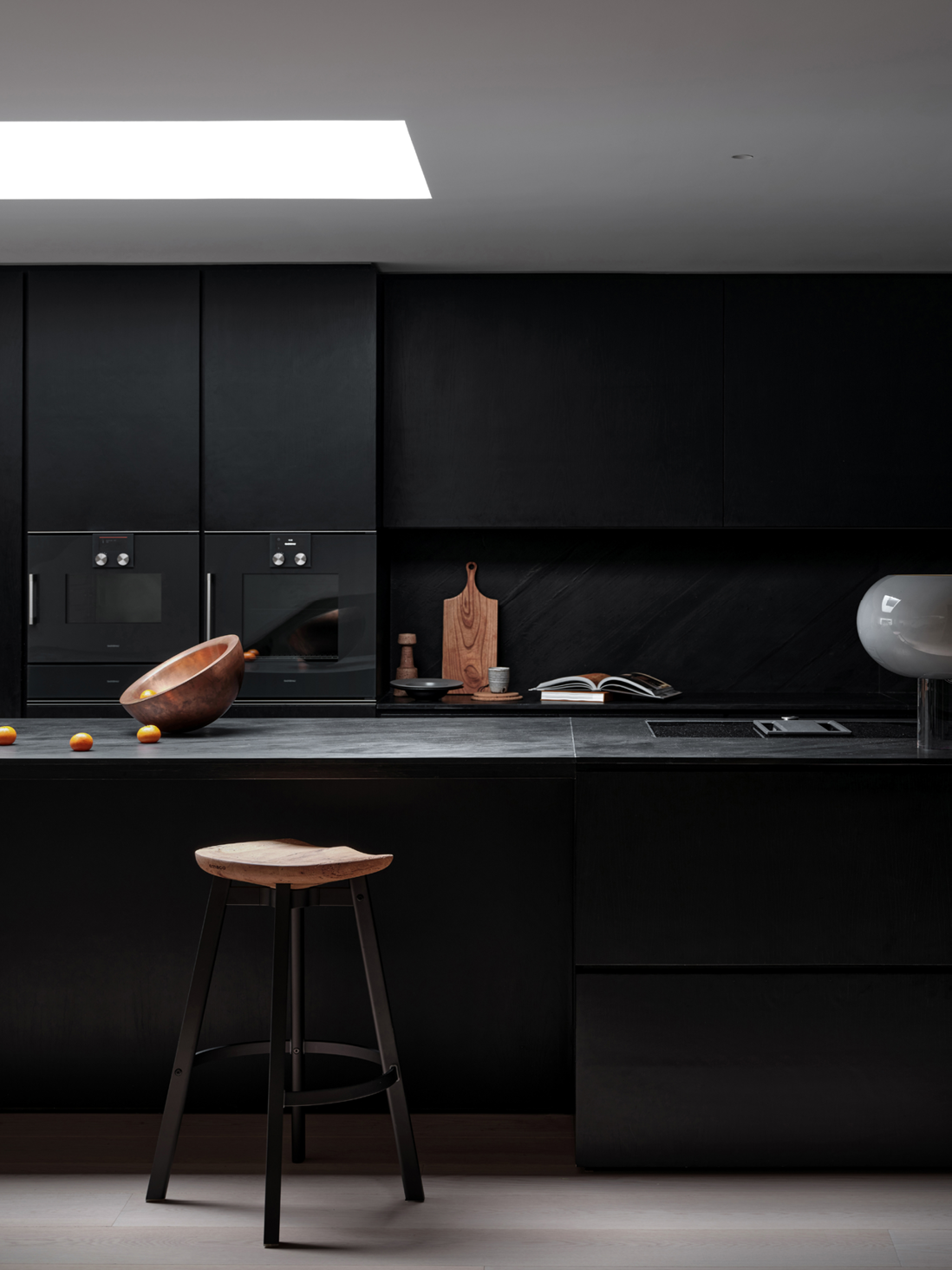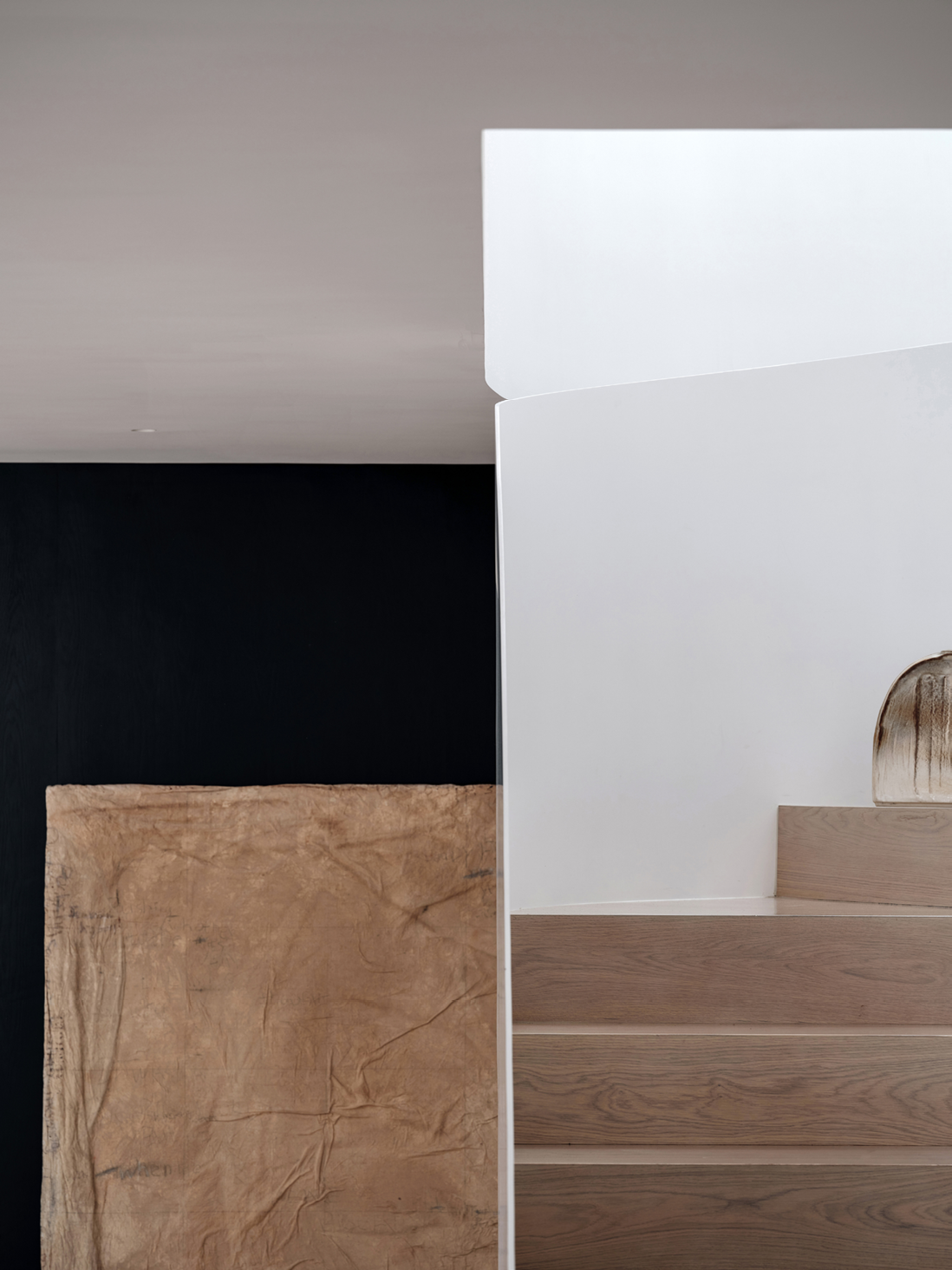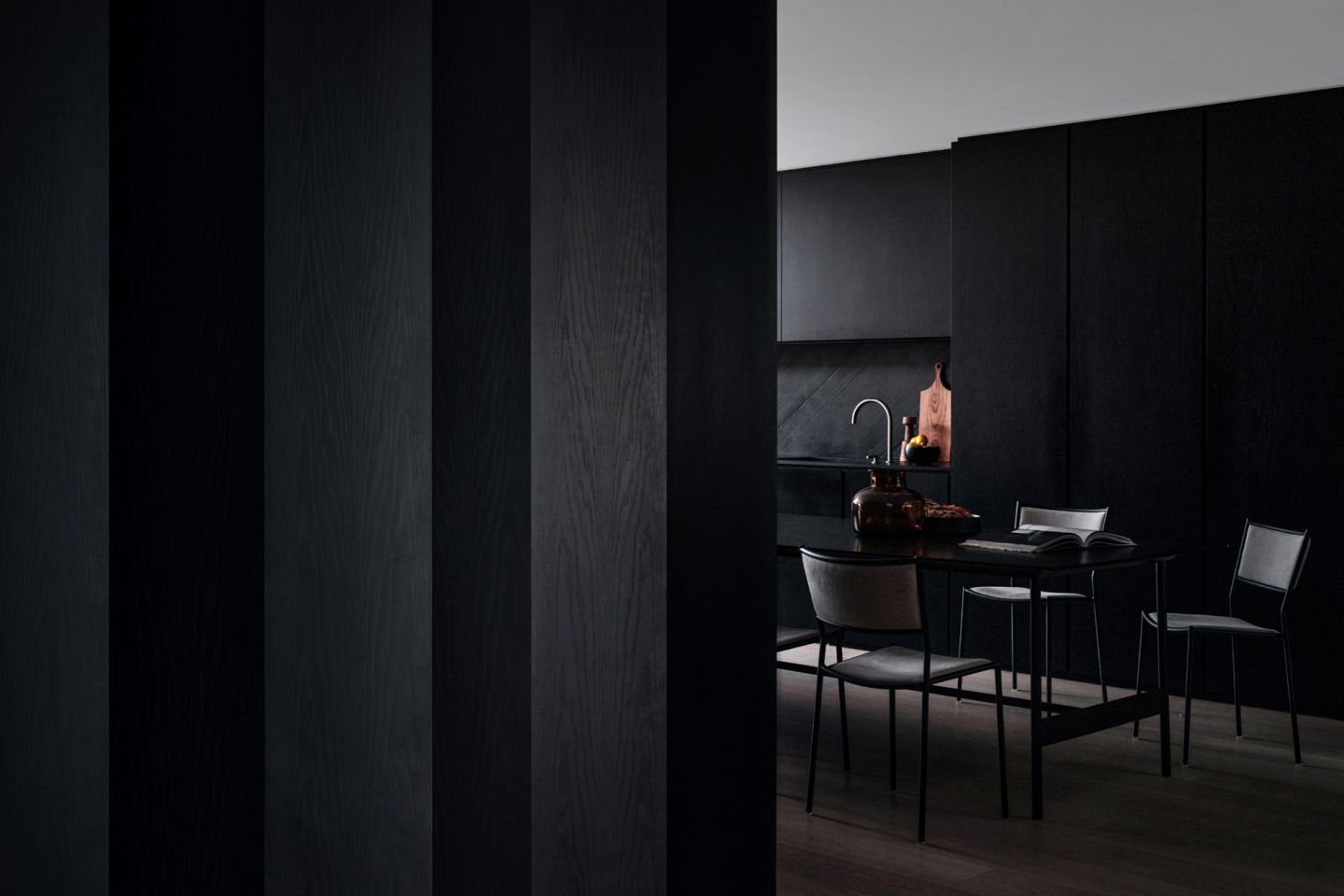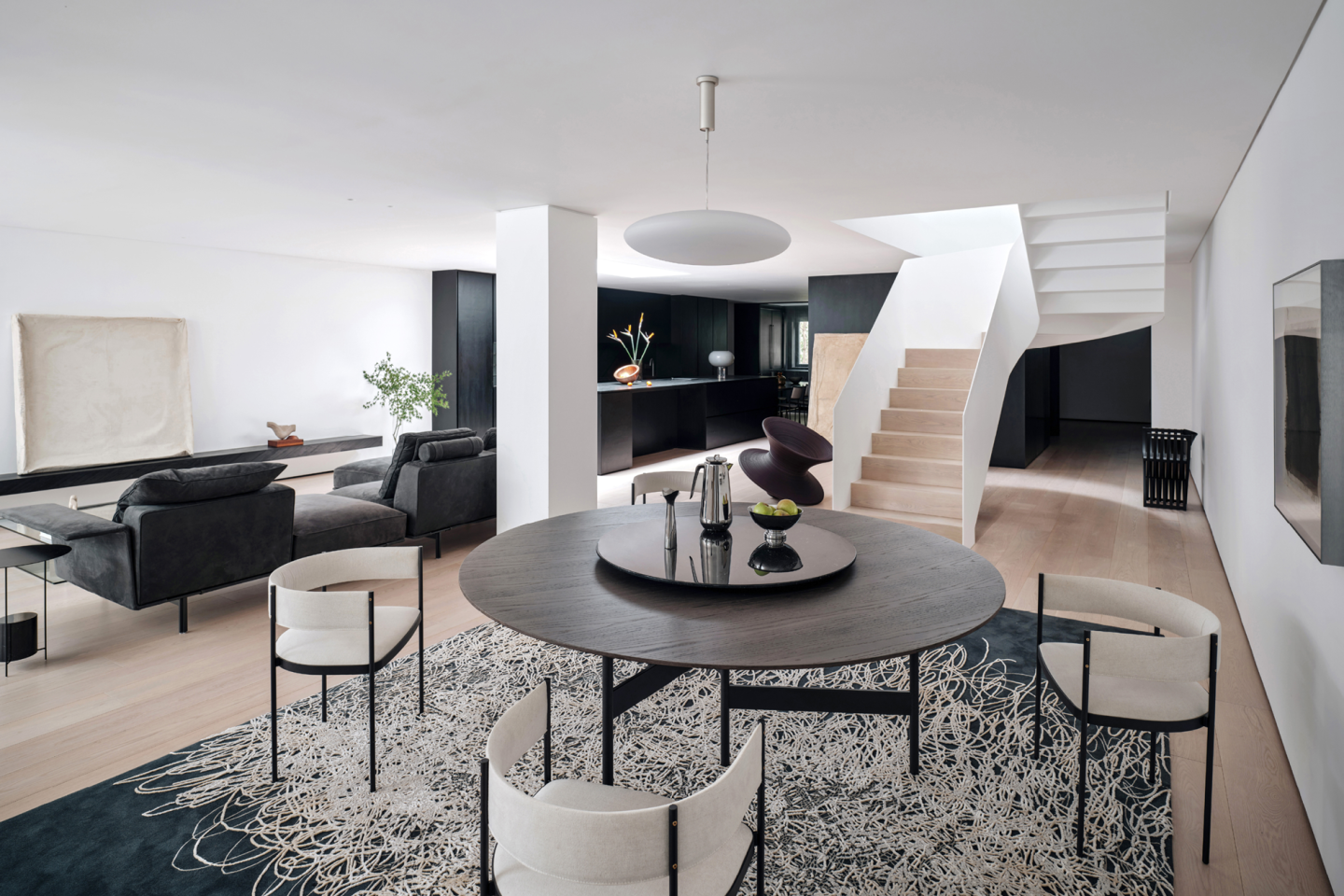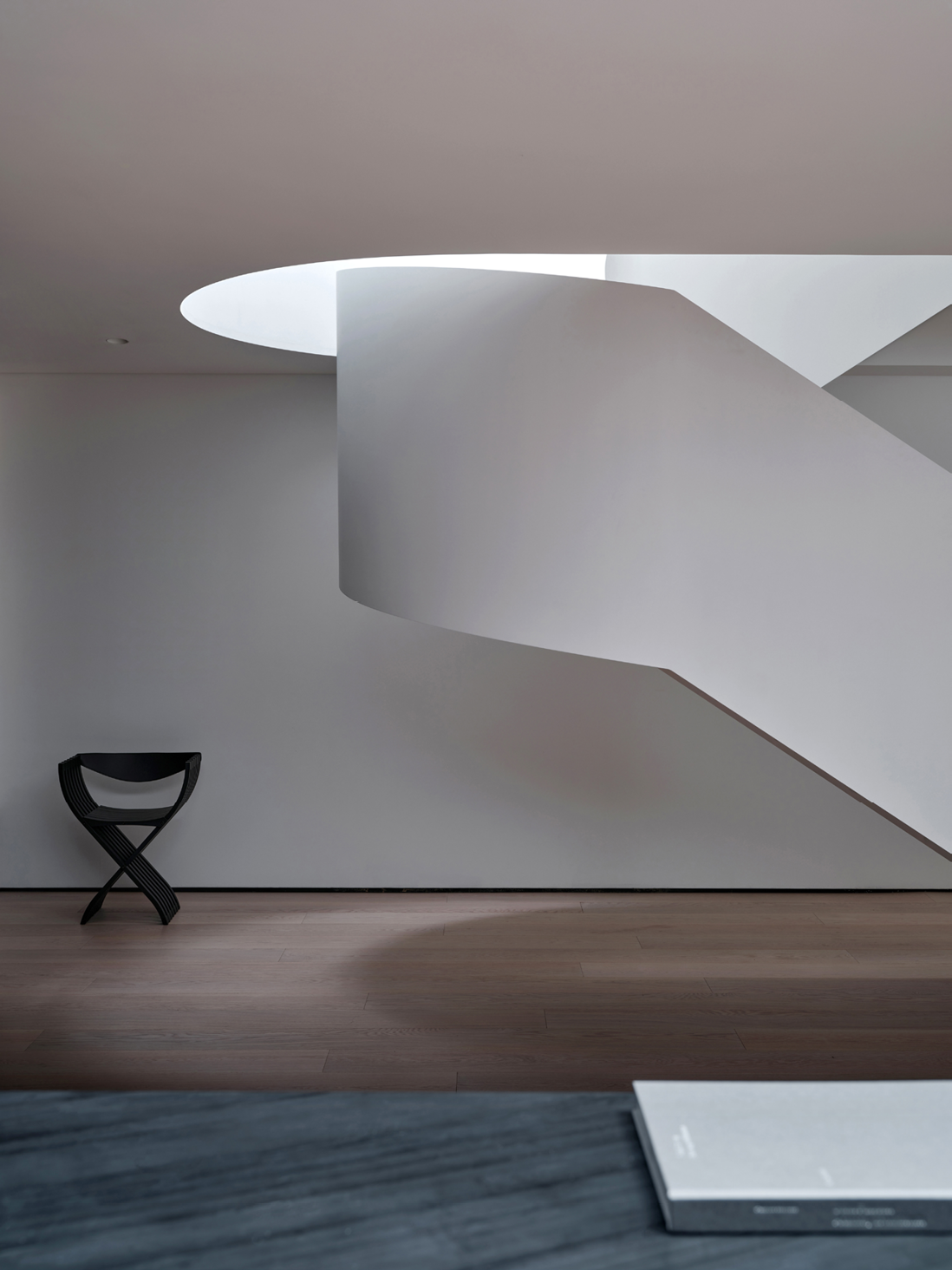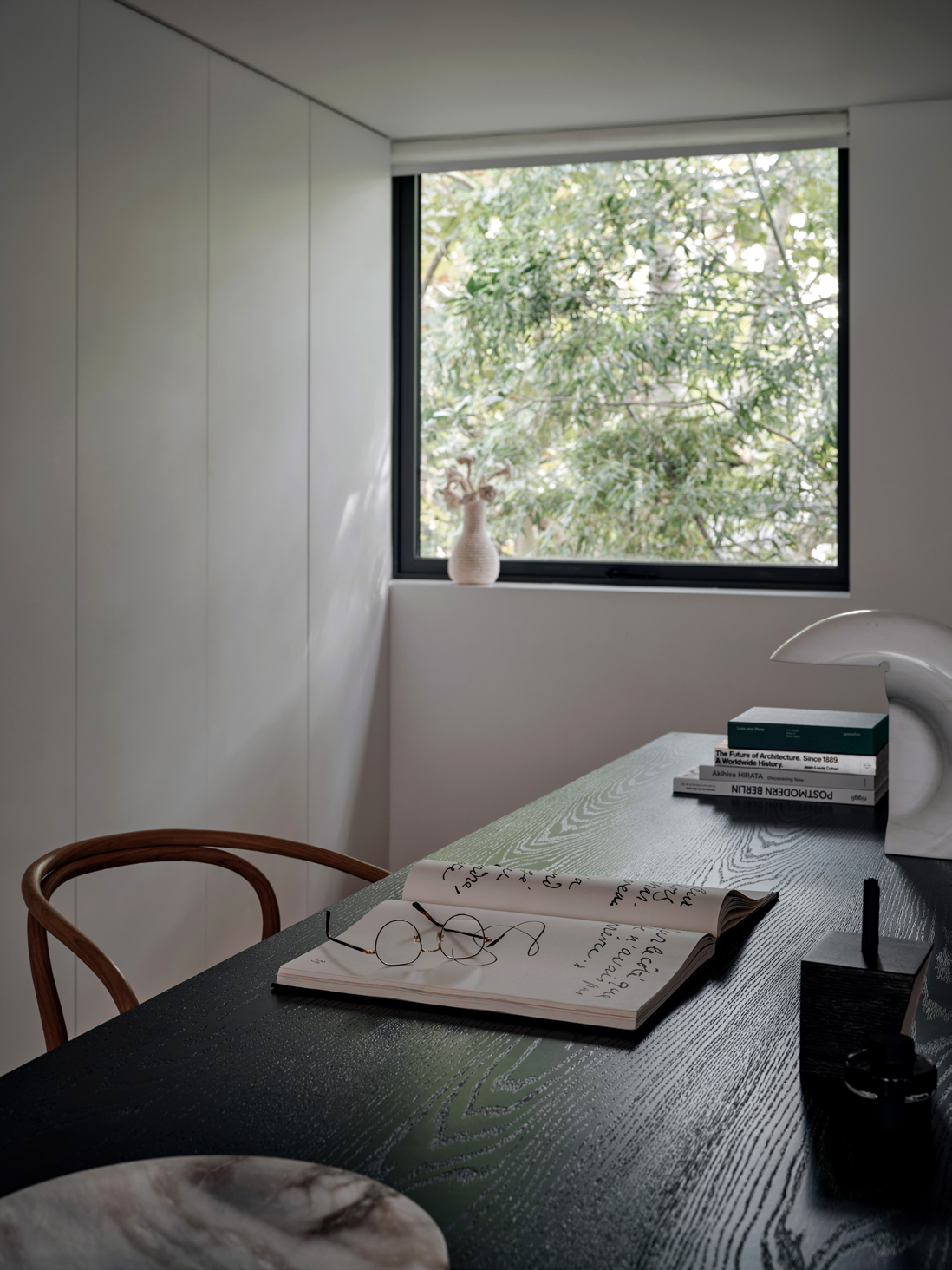The Writer’s House
Location: Shanghai, China
Area: 630 sqm
Status: Complete
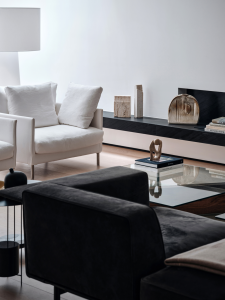
In today’s lifestyle, balancing work and life is an unavoidable topic. ONOAA created this dream home for a screenwriter couple, providing a space for their writing team to brainstorm and a cozy haven for their family of four. Here, the couple’s dual lives coexist peacefully, with the “big family” of work and the “small family” of home living harmoniously together. When a residence becomes a second office, creativity flows even at home.
This building is hidden in the heart of Shanghai, offering a tranquil retreat amid the bustling city. The four-story house, including a basement and three above-ground floors, covers approximately 500 square meters. It features a central courtyard and multiple bedrooms, combined with excellent landscape conditions. However, the owners were not entirely satisfied with these innate conditions and proposed numerous improvements: the ultimate goal was to create ample team workspaces while preserving private living space for the family of four.
The initial layout included seven bedrooms, but the final design retained only three. The couple requested a significant reduction in living and sleeping areas, transforming them into spaces for the team to share. “The screenwriting team requires extensive brainstorming, and the team members are young and passionate about creation. The owners wanted enough space in this home to unleash this creative energy,” said designer Chen Penn.
ONOAA’s design focused heavily on “environmental scene” transitions, resulting in many highly personalized modifications. Firstly, they decided to plan the space in two aspects: optimizing public areas for team work and ensuring functional living spaces for the couple and their family. These two areas overlap partially but also maintain their distinct realms.
Screenwriting often involves watching films, so the basement was turned into a screening room where the team frequently reviews films and “revisits” them. The independent screening room was also designed with the couple’s needs in mind—they didn’t want a TV in the living room on the first floor because they were dissatisfied with its appearance and the distraction it could cause during family gatherings.
On the ground floor, the entrance hall featured an enclosed courtyard that was lackluster due to poor lighting. The design eliminated this space, adding a mezzanine to create storage and cloakroom space. Simultaneously, the closed kitchen was converted into an open layout with a spacious island that connected to the living room, enhancing the overall fluidity and increasing the overlap of the two lifestyles. The single-flight staircase attached to the wall, though orderly, did not meet the owner’s taste. It was replaced with a spiral staircase running through all four floors, maximizing the retention of natural light indoors.
The top floor serves as a private “flat apartment” for the family of four. The third floor of the house is the most serene and free, with excellent lighting conditions. This floor is reserved for the family, connected yet undisturbed by the mezzanine space below. Three bedrooms are distributed around the garden courtyard, resembling a cozy “flat apartment.” The master suite has a unique layout: a partition wall in the center of the room with the bedhead against it, providing a view of the aerial lawn in the courtyard when the windows are opened. The couple’s walk-in closet is located behind the partition wall, and the master bathroom is adjacent, creating a “loop” circulation with interconnected functional areas. “The concepts of ‘circulation’ and ‘breathability’ in the space were central considerations in our design,” said designer Gao Ya. Their meticulous arrangement creates a rhythm of contraction and expansion, making the space feel comfortable and leisurely.


